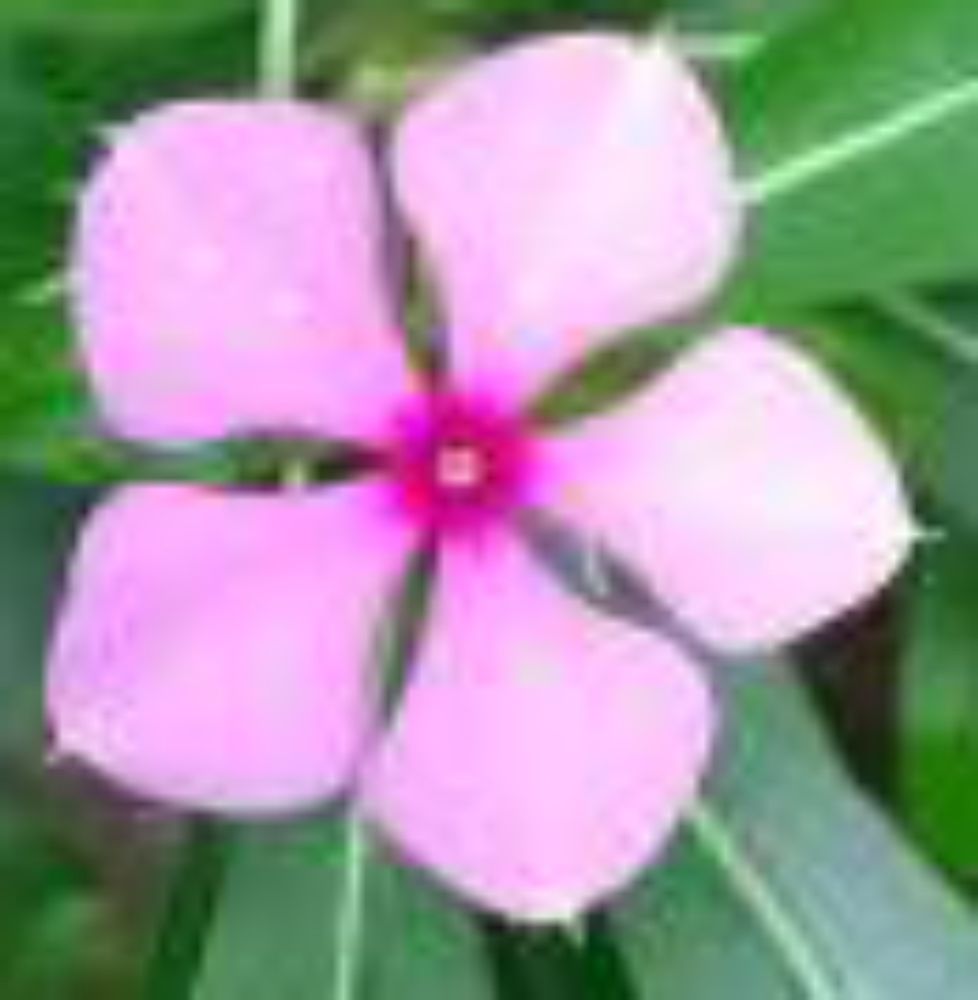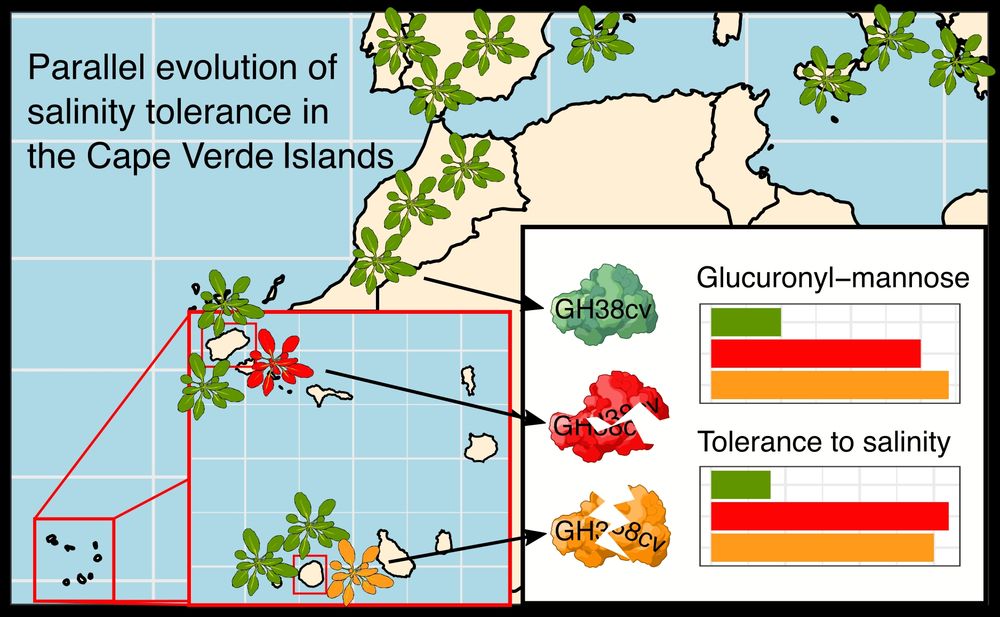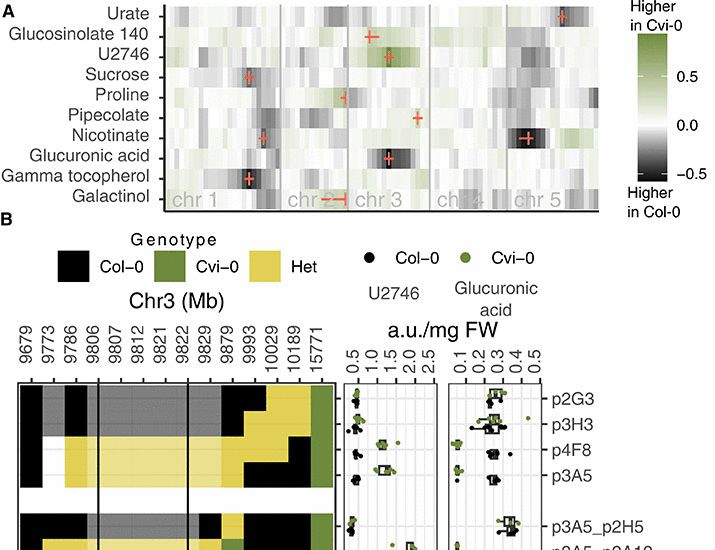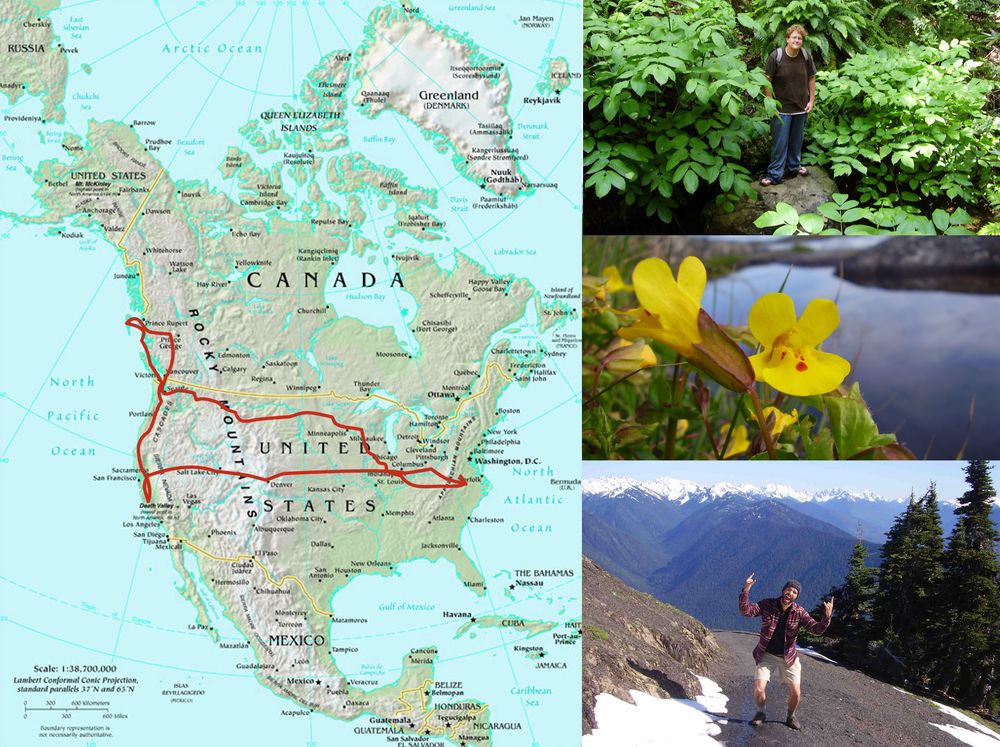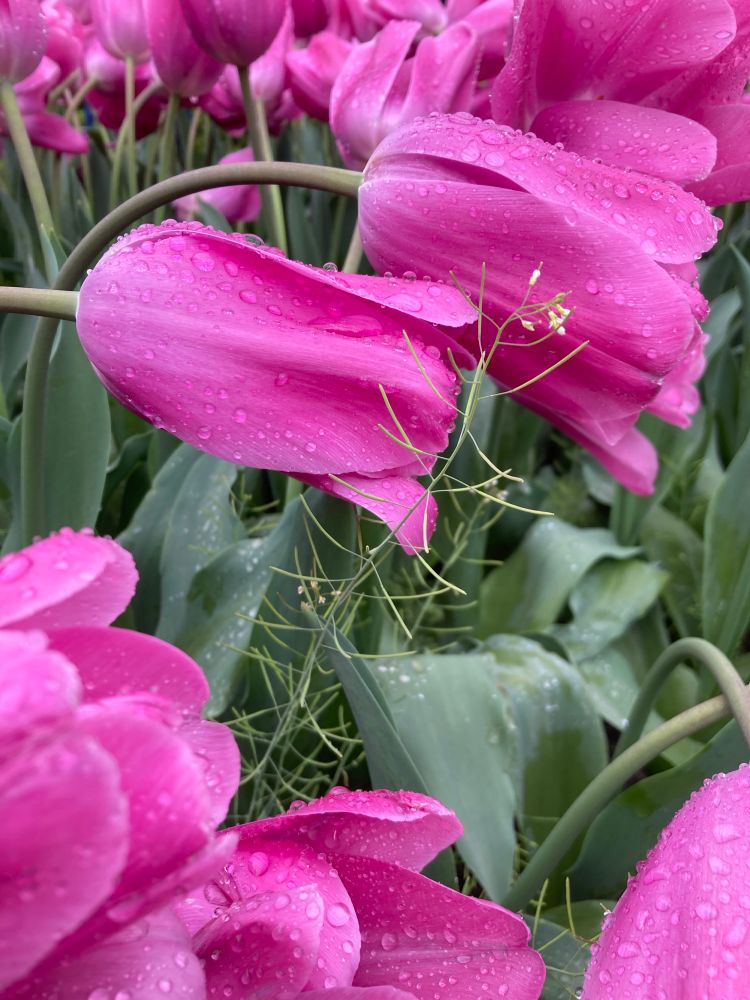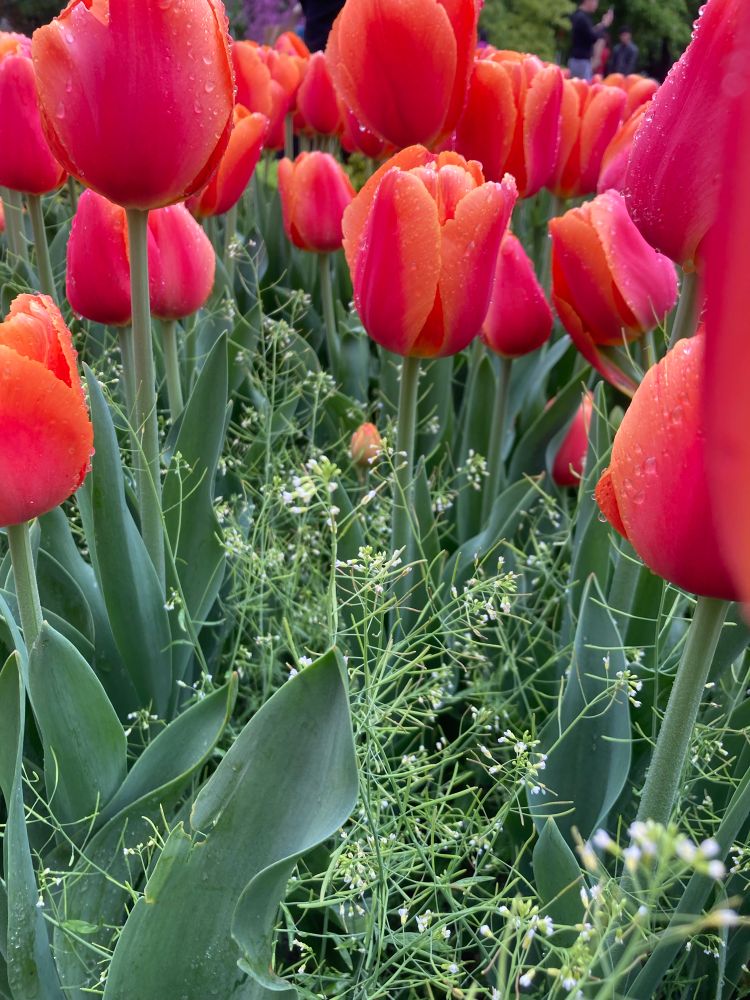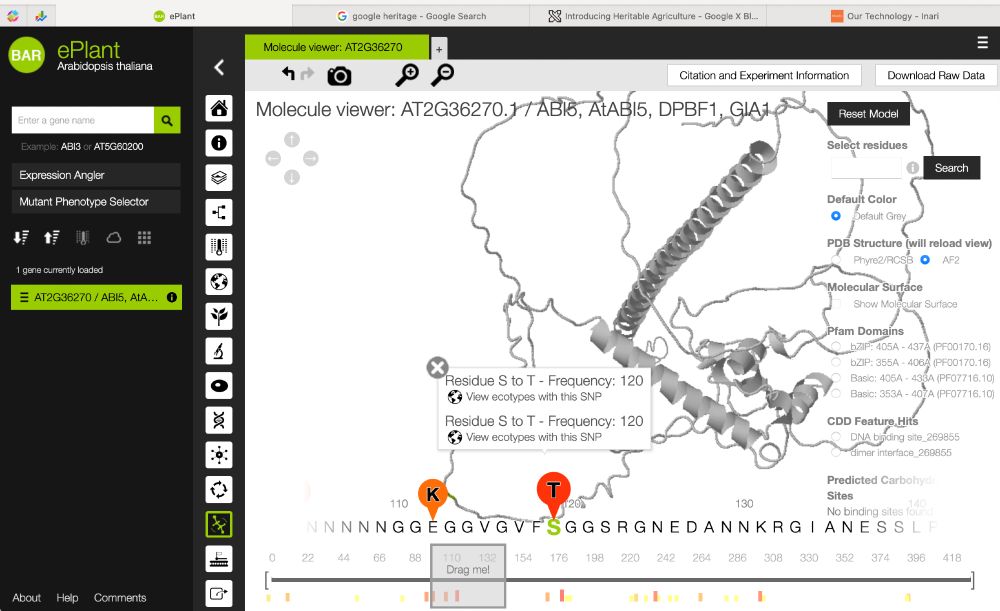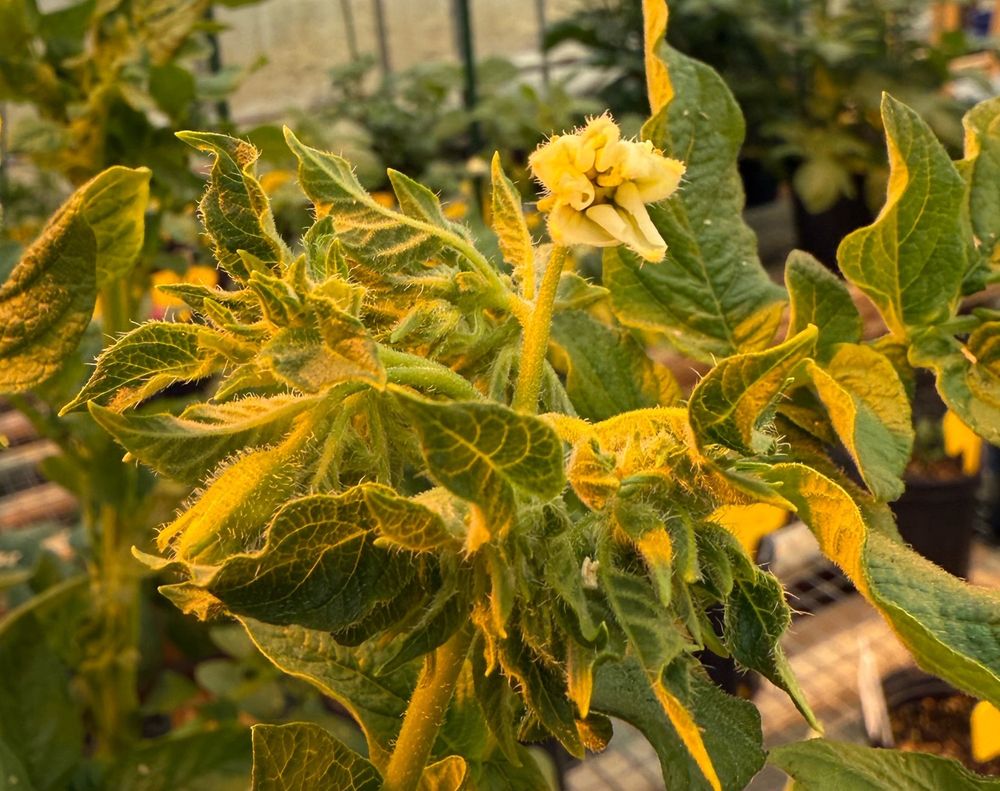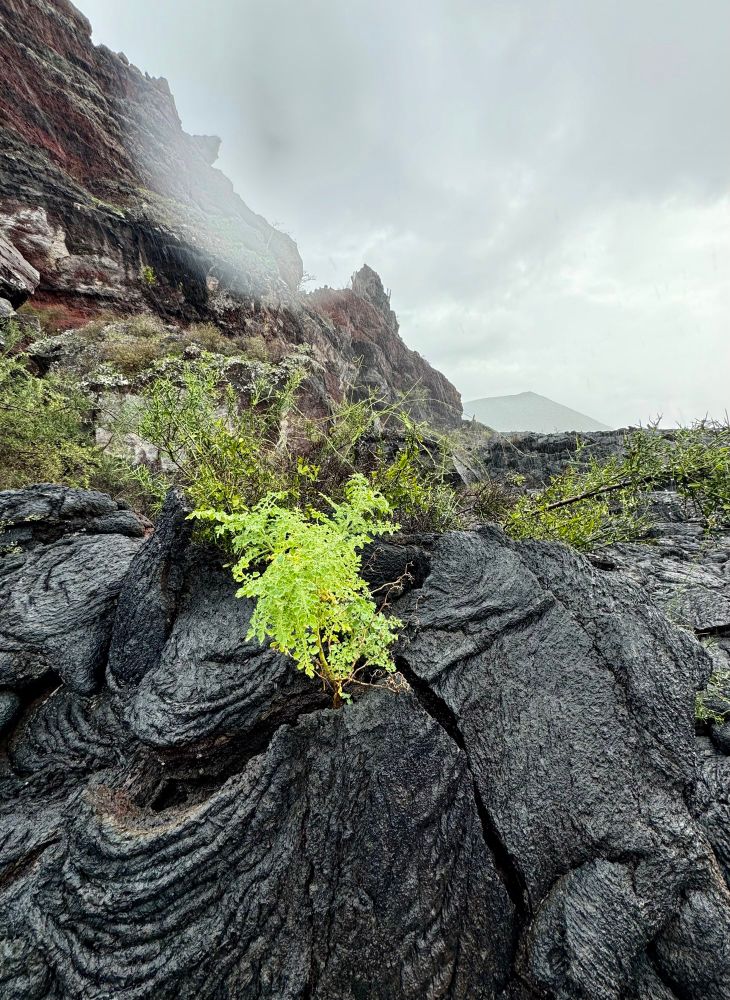Posts
Media
Videos
Starter Packs
Reposted by Jose M Jimenez-Gomez
Reposted by Jose M Jimenez-Gomez
Reposted by Jose M Jimenez-Gomez
Felix Martinez
@laskotillean.bsky.social
· Jul 12
Reposted by Jose M Jimenez-Gomez
Silvia Manrique
@tank-silvia.bsky.social
· Jul 12
Reposted by Jose M Jimenez-Gomez
Reposted by Jose M Jimenez-Gomez
Kaisa Kajala
@kaisakajala.bsky.social
· May 1
Reposted by Jose M Jimenez-Gomez
Reposted by Jose M Jimenez-Gomez
Rodrigo Reis
@rodrigoreislab.com
· Apr 12
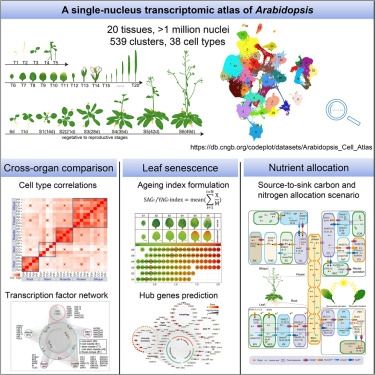
An Arabidopsis single-nucleus atlas decodes leaf senescence and nutrient allocation
A comprehensive single-nucleus transcriptomic atlas of Arabidopsis across multiple
tissues enables the quantification of leaf cell aging state at a single-cell level,
highlighting the senescence-relat...
www.cell.com
Reposted by Jose M Jimenez-Gomez
Reposted by Jose M Jimenez-Gomez
Reposted by Jose M Jimenez-Gomez
Reposted by Jose M Jimenez-Gomez



